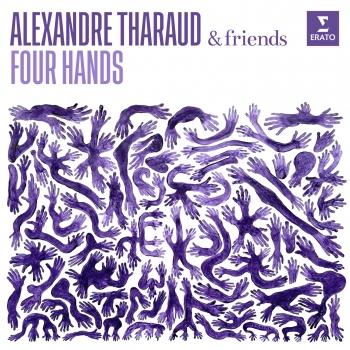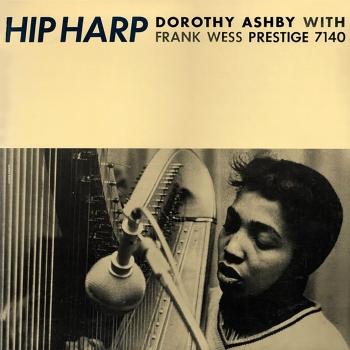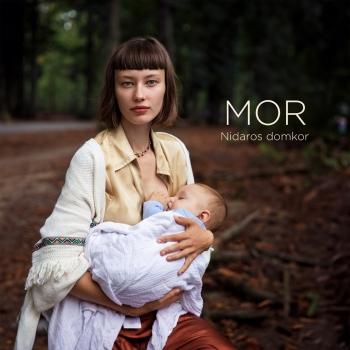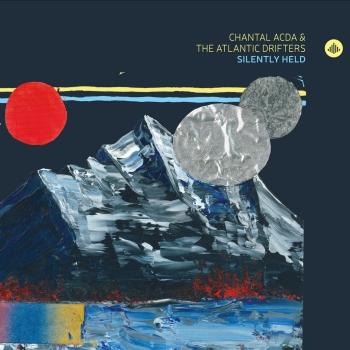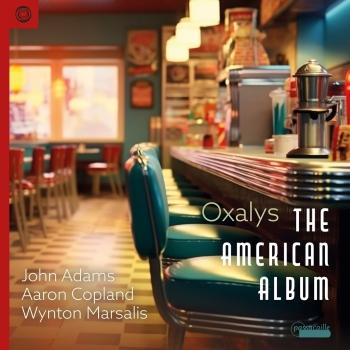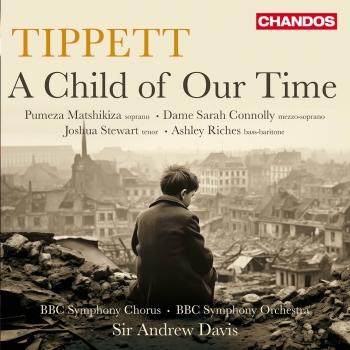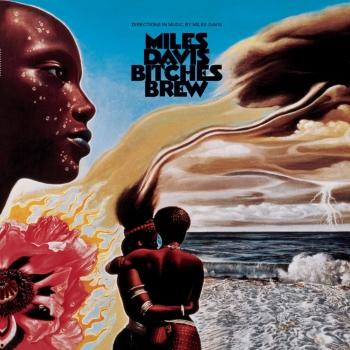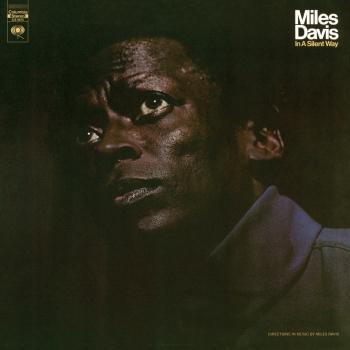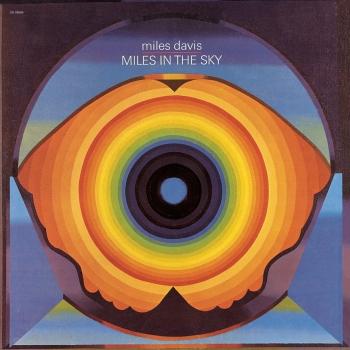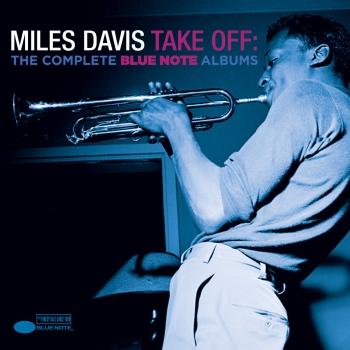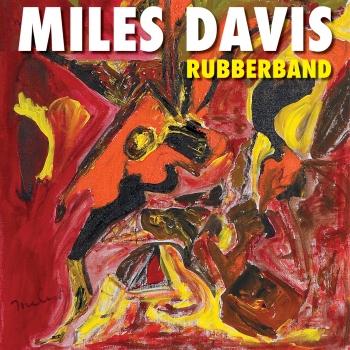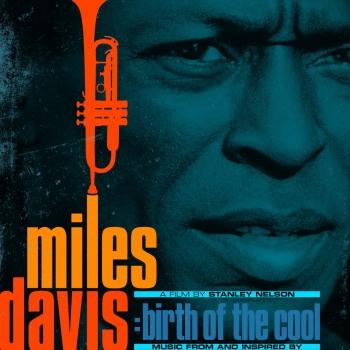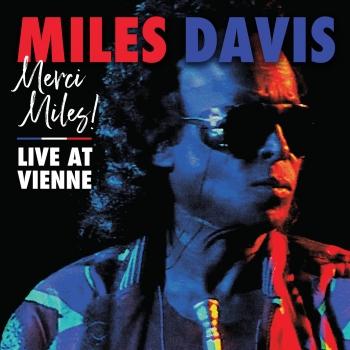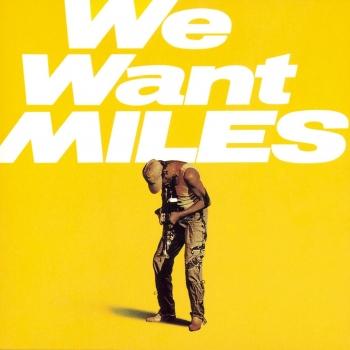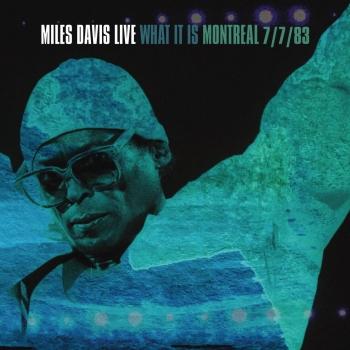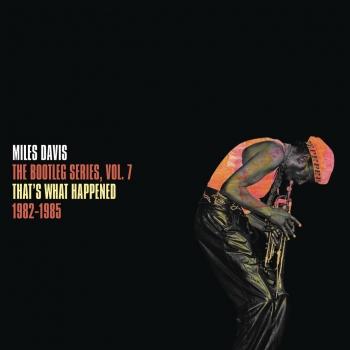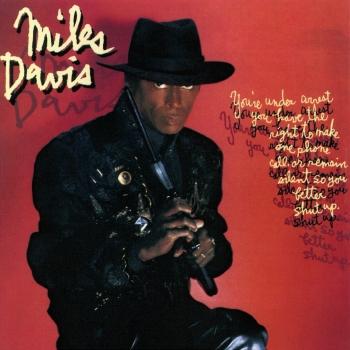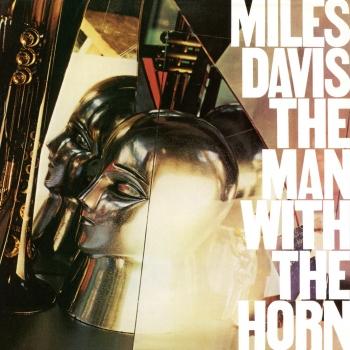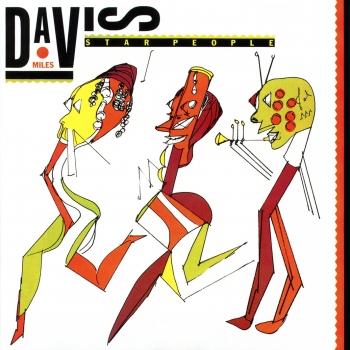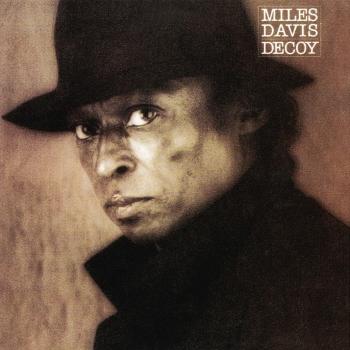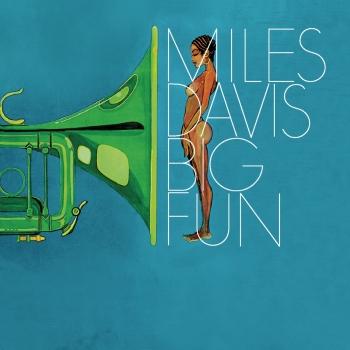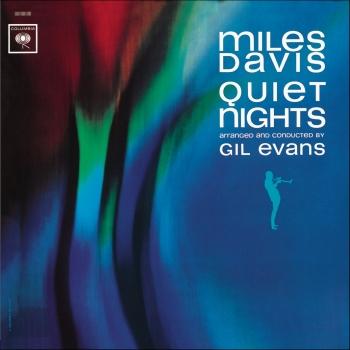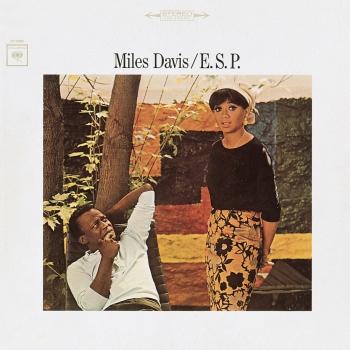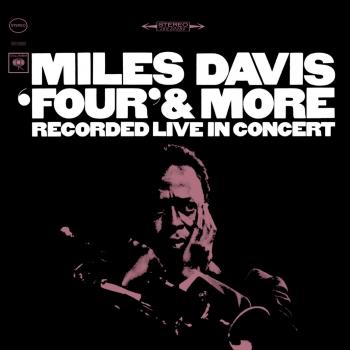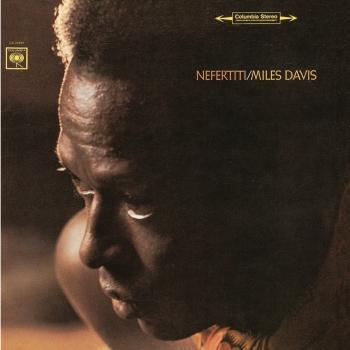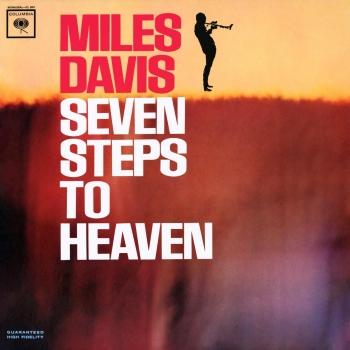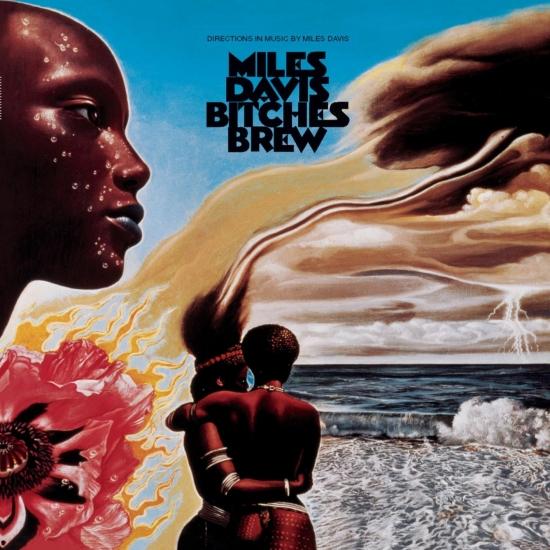
Bitches Brew (Remastered) Miles Davis
Album info
Album-Release:
1970
HRA-Release:
07.02.2017
Album including Album cover
I`m sorry!
Dear HIGHRESAUDIO Visitor,
due to territorial constraints and also different releases dates in each country you currently can`t purchase this album. We are updating our release dates twice a week. So, please feel free to check from time-to-time, if the album is available for your country.
We suggest, that you bookmark the album and use our Short List function.
Thank you for your understanding and patience.
Yours sincerely, HIGHRESAUDIO
- 1Pharaoh's Dance20:05
- 2Bitches Brew26:58
- 3Spanish Key17:32
- 4John McLaughlin04:22
- 5Miles Runs the Voodoo Down14:02
- 6Sanctuary10:57
Info for Bitches Brew (Remastered)
Among the most controversial recordings in the history of jazz, „Bitches Brew“ was Miles Davis' shot across the bow of jazz insularity, a bold statement about jazz's ability to draw upon elements of popular culture, without mitigating its spirit of spontaneous invention. Much as Ornette Coleman's „The Shape Of Jazz To Come“ set a new standard for harmonic and melodic freedom a decade before, „Bitches Brew“ signaled a sea change in jazz.
Davis became a lightning rod for jazz's transformation, by mixing the best elements of '60s free jazz with dancing funk rhythms, electric rock textures, blues phrasing and his own breakthroughs in harmony and modality. Davis employed the Electric Flag's Harvey Brooks to double up with upright bassist Dave Holland on the Fender bass, and he is the modal heartbeat of every tune, freeing up the multiple drummers and keyboardists to weave a complex polytonal/polyrhythmic web of volatile chords and colliding rhythms.
Joe Zawinul's "Pharaoh's Dance" and Davis' "Bitches Brew" treat their multiple themes in a ritualistic manner, as several strata of voices engage the lead melody in exciting exchanges. "Spanish Key" offers a thrilling sense of tension and release, as the trumpeter navigates a "Sex Machine"-styled vamp with a terse, brilliantly constructed solo, revelling in his new guitar-like phrasing. "John McLaughlin" is Davis' tribute to the innovative guitarist; "Miles Runs The Voodoo Down" is a spooky, visceral melange of funk, blues and third world sources; and Shorter's "Sanctuary" is a moody ballad that builds to a fever pitch. The savage emotional power of BITCHES BREW and Davis' subsequent recordings cries out for a fresh critical reassessment.
„Thought by many to be among the most revolutionary albums in jazz history, Miles Davis' Bitches Brew solidified the genre known as jazz-rock fusion. The original double LP included only six cuts and featured up to 12 musicians at any given time, some of whom were already established while others would become high-profile players later, Joe Zawinul, Wayne Shorter, Airto, John McLaughlin, Chick Corea, Jack DeJohnette, Dave Holland, Don Alias, Bennie Maupin, Larry Young, and Lenny White among them. Originally thought to be a series of long jams locked into grooves around keyboard, bass, or guitar vamps, Bitches Brew is actually a recording that producer Teo Macero assembled from various jams and takes by razor blade, splice to splice, section to section. "Pharaoh's Dance" opens the set with its slippery trumpet lines, McLaughlin's snaky guitar figures skirting the edge of the rhythm section and Don Alias' conga slipping through the middle. Corea and Zawinul's keyboards create a haunted, riffing modal groove, echoed and accented by the basses of Harvey Brooks and Holland. The title cut was originally composed as a five-part suite, though only three were used. Here the keyboards punch through the mix and big chords ring up distorted harmonics for Davis to solo rhythmically over, outside the mode. McLaughlin's comping creates a vamp, and the bass and drums carry the rest. It's a small taste of the deep voodoo funk to appear on Davis' later records. Side three opens with McLaughlin and Davis trading fours and eights over a lockstep hypnotic vamp on "Spanish Key." Zawinul's lyric sensibility provides a near chorus for Corea to flit around in; the congas and drummers juxtapose themselves against the basslines. It nearly segues into the brief "John McLaughlin," featuring an organ playing modes below arpeggiated blues guitar runs. The end of Bitches Brew, signified by the stellar "Miles Runs the Voodoo Down," reflects the influence of Jimi Hendrix with its chunky, slipped chords and Davis playing a ghostly melody through the funkiness of the rhythm section. It seemingly dances, becoming increasingly more chaotic until it nearly disintegrates before shimmering into a loose foggy nadir. The disc closes with "Sanctuary," completely redone here as a moody electric ballad that was reworked for this band while keeping enough of its integrity to be recognizable. Bitches Brew is so forward-thinking that it retains its freshness and mystery in the 21st century.“ (Thom Jurek, AMG)
Ranked #94 in Rolling Stone's "500 Greatest Albums Of All Time" - "...The word 'fusion' was never big enough to describe the visceral thrill of these explosive studio explorations and the pioneering tape-edit wizardry of producer Ted Macero..." (Rolling Stone)
Miles Davis, trumpet
John McLaughlin, guitar, electric guitar
Harvey Brooks, electric guitar, electric bass
Bennie Maupin, bass clarinet
Wayne Shorter, soprano saxophone
Joe Zawinul, electric piano, organ
Chick Corea, electric piano
Larry Young, electric piano
Don Alias, drums, congas, percussion
Jack DeJohnette, drums
Lenny White, drums
Jumma Santos, congas, shaker, percussion
Airto Moreira, cuica, percussion
Jim Riley, percussion
Jimmy Riley, percussion
Recorded at Columbia Studio B, New York
Engineered by Stan Tonkel, Frank Laico
Produced by Teo Macero
Digitally remastered
 Trumpeter Miles Davis grew up in East St. Louis, Illinois, just across the river from St. Louis, Missouri. His parents were affluent, and had the means to support his musical studies as a boy. He began playing the cornet at age nine, and received his first trumpet at around twelve or thirteen. He studied classical technique, and focused mainly on using a rich, clear tone, something that helped define his sound in later years.
Trumpeter Miles Davis grew up in East St. Louis, Illinois, just across the river from St. Louis, Missouri. His parents were affluent, and had the means to support his musical studies as a boy. He began playing the cornet at age nine, and received his first trumpet at around twelve or thirteen. He studied classical technique, and focused mainly on using a rich, clear tone, something that helped define his sound in later years.
As a teenager, he played in various bands in St. Louis, which was rich with jazz, as big bands often stopped there on tours throughout the Midwest and southern states. The most important experience he had was when he was asked to play in the Billy Eckstine band for a week as a substitute. The group included Charlie Parker, Dizzy Gillespie, and Sara Vaughan. After playing with these stars, Davis knew he had to move to New York to be at the heart of the jazz scene.
In Pursuit of Parker:
In 1944 Davis moved to New York City where he had earned a scholarship to study trumpet at the Juilliard School of Music. Upon arriving however, he sought after Charlie Parker, and meanwhile spent all of his time in jazz clubs listening to bebop. He was transfixed on the music, and grew utterly bored with his classical studies. After less than a year at Juilliard, he dropped out and tried his hand at performing jazz.
Although not particularly stunning, his playing was good enough to finally attract Charlie Parker, and Davis joined his quintet in 1945. He was often criticized for sounding inexperienced, and was compared unfavorably to Dizzy Gillespie and Fats Navarro, who were the leading trumpeters at the time. Both boasted stellar technique and range, neither of which Davis possessed. In spite of this, he made a lasting impression on those who heard him, and his career was soon set aloft.
Cool Jazz and a Rise to Fame:
Encouraged by composer and arranger Gil Evans, Davis formed a group in 1949 that consisted of nine musicians, including Lee Konitz and Gerry Mulligan. The group was larger than most bebop ensembles, and featured more detailed arrangements. The music was characterized by a more subdued mood than earlier styles, and came to be known as cool jazz. In 1949 Davis released the album Birth of the Cool (Captiol Records).
Change of artistic direction became central to Davis’ long and increasingly influential career. After dabbling in hard bop as a leader on four Prestige recordings featuring John Coltrane, he signed with Columbia records and made albums that featured Gil Evans’ arrangements for 19-piece orchestra. These were Miles Ahead, Porgy and Bess, Sketches of Spain, and Quiet Nights. He rose in popularity with these recordings, in part due to his signature sound, which he often enhanced by using a Harmon mute.
Kind of Blue and Beyond:
In 1959 Davis made his pivotal recording, Kind of Blue. It was a departure from all of his previous projects, abandoning complicated melodies for tunes that were sometimes only composed of two chords. This style became known as modal jazz, and it allows the soloist expressive freedom since he does not have to negotiate complex harmonies. Kind of Blue also featured John Coltrane, Cannonball Adderley, and Bill Evans. The album is one of the most influential in jazz, and is Columbia Records’ best-selling jazz record of all time.
In the mid 1960s Davis changed directions again, forming a group with Herbie Hancock, Wayne Shorter, Tony Williams, and Ron Carter. This group was known for the excellence of each individual member, and also for its unique performance approach. Each night the tunes would sound different, as the musicians would sometimes only loosely adhere to the song structures, and often transition from one right into the next. Each player was given the chance to develop his solos extensively. Like all of Davis’ previous groups, this quintet was highly influential.
Late Career:
Despite health problems, drug addiction, and strained personal relationships, Davis continued to play, changing his approach with each new project. In the late 60s and 70s, he began to experiment with electronic instruments, and grooves that were tinged with rock and funk music. Two famous recordings from this period are In a Silent Way and Bitches Brew. By the time the 1980s rolled around, Davis was not only a jazz legacy, but a pop icon, whose music, persona, and fashion style were legendary.
Davis died in 1991, as perhaps the most influential jazz artist ever. His vast body of work continues to be a source of inspiration for today’s musicians. (Jacob Teichroew, About.com Guide)
This album contains no booklet.

